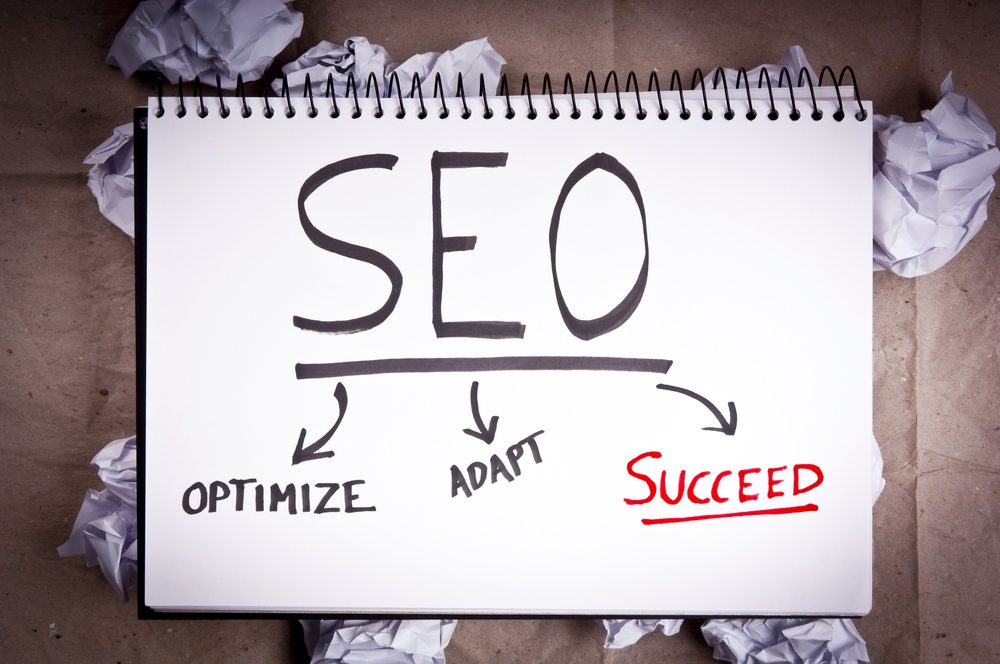On-page optimization is an essential part of SEO, but it can also be one of the most challenging. There are many factors to consider, from page titles and meta descriptions to header tags and anchor text. But don’t worry – we’re here to help! This blog post will share tips for improving your on-page optimization and boosting your SEO results. Keep reading to learn more!
1. Use keyword-rich titles
Your title is one of the first things potential customers will see when they find your page, so make sure it’s catchy and includes your target keyword. This will help you rank higher in search engine results pages (SERPs) and help users quickly identify what your page is about.
2. Use keyword-rich meta descriptions
Your meta description is the short blurb under your title in the SERPs. This is another great opportunity to include your target keyword and give users an idea of what your page is about. Keep your meta description under 155 characters so it can stay on track in the SERPs.
3. Use keyword-rich headings and subheadings
Headings and subheadings help break up your content and make it easier to read. They also allow you to include your target keyword (and related keywords) throughout your page. When using headings, use proper tag hierarchy (e.g., H1 for your main heading, H2 for subheadings, etc.).
4. Optimize your images
In addition to using keyword-rich file names and alt text, you can optimize your images by reducing their file size. This will help your pages load faster, which is suitable for users and search engines.
5. Use external and internal links
Linking to other relevant pages on your site helps search engines understand the context of your page. It also allows users to find more information about the topic they’re interested in. Just be sure to use keyword-rich anchor text for your links so that search engines can easily crawl and index them.
6. Optimize your website for mobile
More and more users are accessing the internet from their mobile devices, so ensuring your site is optimized for mobile is essential. This means using a responsive design that automatically adjusts to different screen sizes. It also means ensuring your pages load quickly and efficiently on all devices.
7. Use social media
Social media is a great way to promote your content and increase your reach. When you share your pages on social media, use keyword-rich descriptions and tags so that people can easily find your content.
8. Use structured data
Structured data is a code you can add to your website to help search engines understand your content. This can be used for various things, from recipes to events to product listings.
9. Monitor your results
Once you’ve implemented all of these tips, monitoring your results is essential to see what’s working and what’s not. Use Google Analytics or another similar tool to track your traffic and conversions. This will help you fine-tune your SEO strategy and improve your results.
10. Get help from an expert
If you need help figuring out where to start with on-page optimization or want help implementing these tips, contact an experienced SEO agency. They can help you develop and execute a strategy to improve your rankings and help you achieve your business goals.
Following these tips can help improve your on-page optimization and increase your chances of ranking higher in the SERPs.
FAQs
What is on-page optimization?
On-page optimization is optimizing individual web pages to rank higher in search engine results and drive more traffic to your site. This includes using keyword-rich titles, meta descriptions, and headings; optimizing your images; and using social media to promote your content.
What are the benefits of on-page optimization?
Several benefits of on-page optimization include improved search engine rankings, increased traffic, and better conversion rates.



































